Florida Panhandle’s latest dangerous weather threat, now known as Hurricane Hermine, started its way into the Gulf on Monday morning as Tropical Depression Nine and is still showing signs of increasing in strength. It is expected to make landfall Thursday night as the state’s first hurricane to make landfall in 11 years (last was Hurricane Wilma in 2005).
Warnings have been issued from Florida’s southeast coast to southern North Carolina. It has strengthen to winds of at least 74 after reports of 35 mph winds were reported on Monday.
Hurricane warnings have already been issued for north Florida, marking the first time for any part of Florida since Hurricane Isaac in 2012. Warnings are also in effect for North Carolina.
As of midday Thursday, Hermine was tracking 135 miles south off the Panhandle’s coast with Apalachicola, Florida directly centered in its path. Satellite imagery and data of the tropical storm shows that the strongest force of the system is located on the east side of the rotation. This projects that the highest affected areas will be the coastline from Apalachicola to Cedar Key, reaching inland past Tallahassee to the Florida/Georgia state line. Although all of the Panhandle can expect heavy winds and rains, these areas will be the most directly hit by Hermine.
In general, the winds from a hurricane can down trees, triggering power outages and damaging homes. The ensuing effect of landfalling hurricane cyclones are the threat of tornadoes in the outer-lying bands of the storm system. After making landfall Thursday night, the Hermine is expected to push up into the Carolinas as soon as Friday.
What to Know about your Homeowners Insurance Prior to a Storm
In a worst-case-scenario you suffer any kind of loss due to a severe storm, here are some things to remember about your homeowner’s insurance policy:
Property Removal and Reasonable Expenses
If you are moving any personal property away from your residence in preparation for a storm, your homeowners insurance policy may cover your property while it is being removed from a premises endangered by a covered loss. This coverage applies to the property for up to 30 days while removed. Coverage will also cover expenses incurred by the policyholder for the removal and return of the covered property.
Power Interruption
Your homeowner’s policy may cover accidental direct physical loss as a result from power interruption that takes place on the residence premises.
Refrigerated Products
Power Interruption coverage is often extended to cover contents of deep freeze or refrigerated units on the residence premises for loss due to power failure or mechanical failure.
Debris Removal
Most homeowner’s policies will pay for reasonable expenses that you incur in the removal of debris of covered property damaged by an insured loss.
Temporary Repairs
If damaged is caused by a loss, your insurer will pay the reasonable and necessary costs you incur for temporary repairs to covered property to protect from further damage or loss.
In the event of a loss, the outcome can be overwhelming. Deciphering your homeowners insurance and negotiating with your insurer can, many times, make the process harder. Public Adjusters, like those at Noble Public Adjusting Group, are ready to come to your help. They will inspect the damages, go over your policy, and negotiate with your insurance company on YOUR behalf – NOT the insurance company’s.
Noble Public Adjusting Group is the only fully staffed Public Adjusting firm that is actually located in the panhandle of Florida. Destin, Panama City Beach, Pensacola, Tallahassee, are a few of the larger cities we serve. Click here to see a list of locations we serve.
noblepagroup.com is an excellent source of information on what to do when you’ve experienced a loss and how Public Adjusting works. Feel free to browse through each page, or to contact us and set up an appointment for free consultation.

